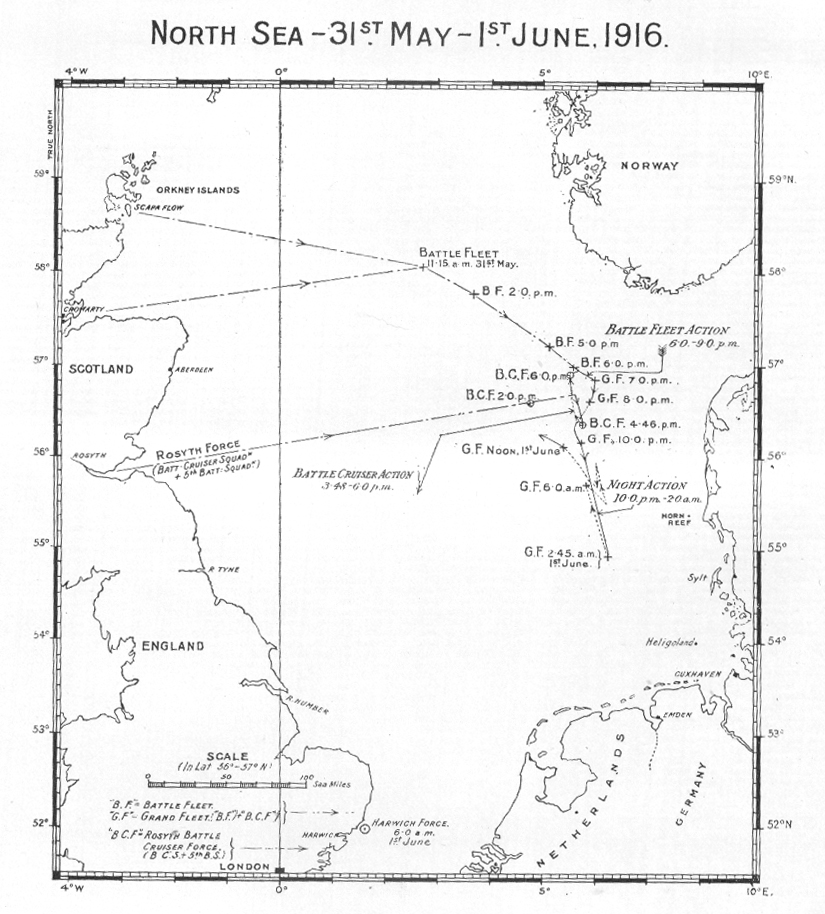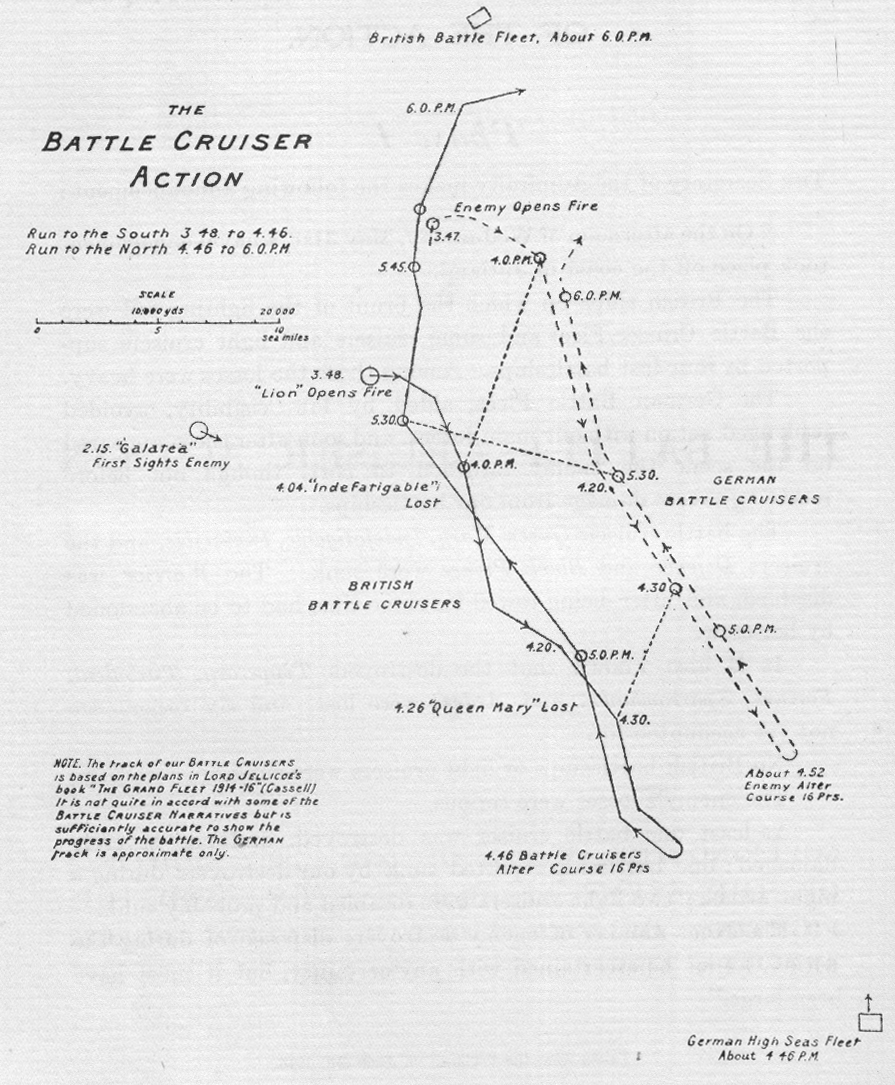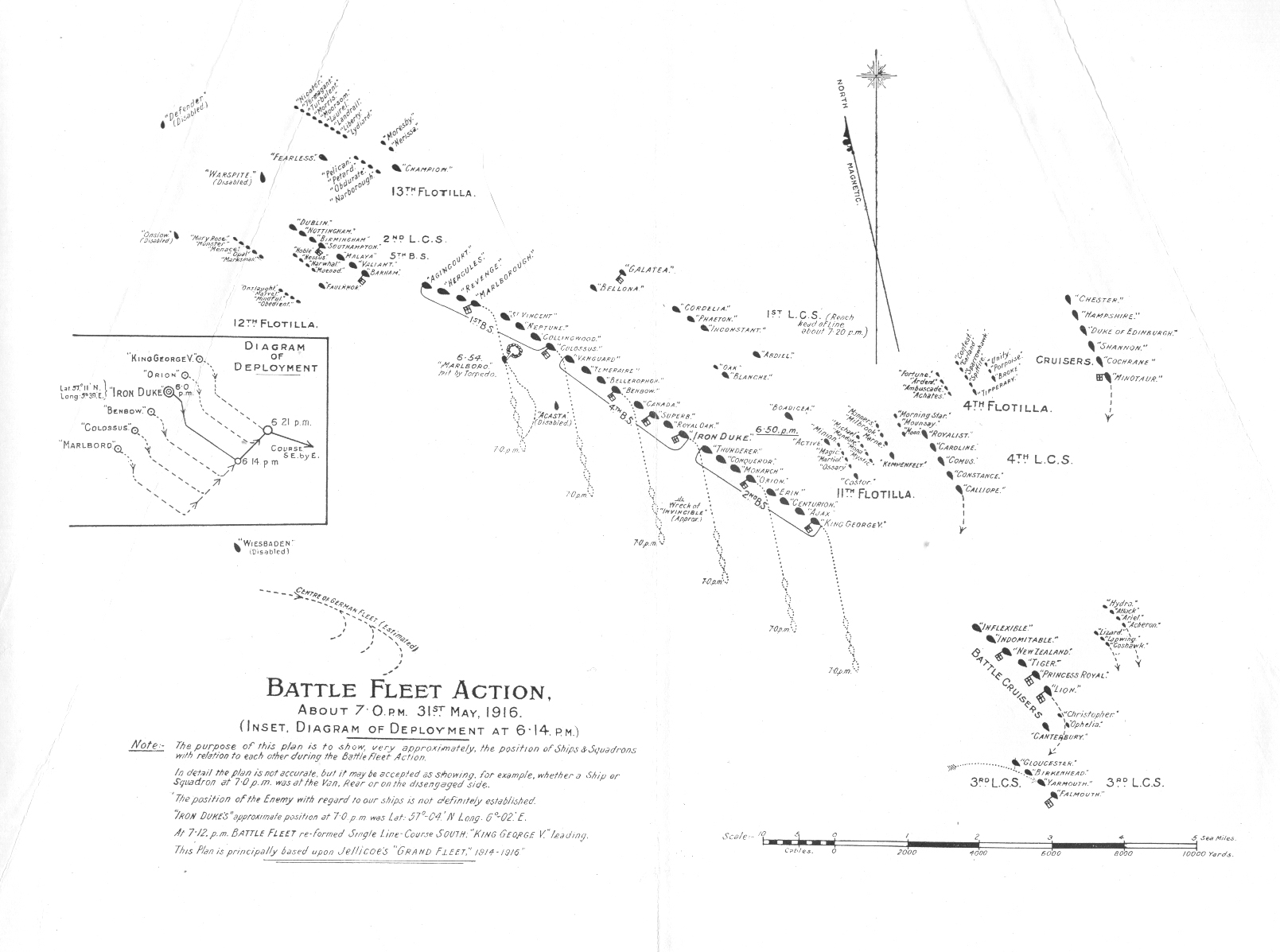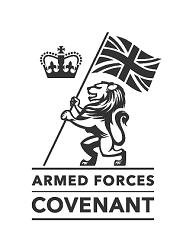|
|
|
WWI Naval Theatre...
It is fair to say the previous turn of the 19th century had seen the British Empire create an effective and
strong Navy. It is also fair to say that it had the largest Merchant Shipping fleet in the world. Upon the turn of the
hostilities and ultimately the start of WW1, Britain was in a strong position with naval warfare and also with the needs of
troop carrying, supplies, logistics and the effective movement of equipment and infrastructure. The Germans had a substantial
fleet across its global empire and similarly strong well-developed tactics. The British knew this and also
the placement of the geograqphically-dispersed locations of these flotillas. So as soon as the War was declared Britain's
Naval orders were to systematically hunt them down. Strategically though the Allies merchant shipping was left somewhat exposed
and this led to losses and a need to rethink Naval tactics. Kaiser-Wilhelmsland, Yap, Nauru and Samoa had been captured
from the German Empire in swift order by the British Navy and Allies. Communications, and perhaps a strategy
from the German Empire [feeling the war would be quickly won], ordered its East Asia flotilla to make way for Germany. Rosyth
was a key Naval base and U-boats were sent to the Firrth of Forth to hunt down key military ships; their first quarry
was on 5th September 1914. U-21 was leaving the area of the Firth of Forth to the Isle of May when she saw a scout cruiser
and sank her with the loss of all life [HMS Pathfinder 250 crew plus two canteen staff lost; 18 survivors]. This
demonstrated to the German Empire that the tactics of lone submarines in 'Silent Service' were a devastatingly effective
strategy; for the Allies it was worrying and all effort was put after this tragic loss in terms of Martime security, strategy
and research to thwart the U-boat threat. The German flotilla was strong with heavy armoured cruisers
SMS Scharnhorst and SMS Gneisenau, light cruisers SMS Nürnberg and SMS Leipzig and two fleet auxilary/transport ships.
It wasn't long before they met up with the light cruiser SMS Dresden and other support vessels to create a larger battle
group that met the British flotilla at the Battle of Coronel off the coast of Chile on 1st November 1914. The British Flotilla
comprised of the Armoured Cruisers HMS Good Hope, HMS Defence and HMS Monmouth, the light cruisers HMS Glasgow and three others,
the converted liner to cruiser HMS Otranto and a Pre-dreadnought Battleship HMS Canopus. HMS Good Hope and HMS Glasgow were
sunk with the loss of 1,600 lives. This was the British Navy's first loss in battle since 1810 [Battle of Grand Port]
and as that news was reached by London the orders were clear for the Falklands. Two copies of the Signalbuch
der Kaiserlichen Marine (SKM) codebook were recovered on 26 August 1914 and the Russians retained one copy and the British
the other from the cruiser SMS Magdeburg. Soon after on 11th October 1914 the critical communications cipher for
Naval warships, merchant ships, Naval Zeppelin's and U-Boats had been obtained; Handelsschiffsverkehrsbuch (HVB).
On 30th November 1914 the German Destroyer S-119 was to yield a very key prize of the Verkehrsbuch (VB) codebook
which was used for all communications with naval attachés, embassies and warships overseas. The Allies made careful
use of such information and from such beginning the importance of modern wire and wireless communication security was arguably
set forth. The Battle of Falkland Islands 8th December 1914 saw all but the SMS Dresden and two auxiliaries
escape - all others suffering a substantial loss. The Battle of the Falkland Islands was a trap laid bare... after such a
defeat at Coronel the Battle Cruisers HMS Invincible and HMS Inflexible were ordered to the area. The flotilla this time was
going to have teeth. HMS Carnarvon, HMS Cornwall and HMS Kent along with the merchant HMS Macedonia were amassed at Stanley.
These would be joined by the Coronel light cruisers HMS Glasgow and HMS Bristol. The orders were clear, the Imperial German
Atlantic flotilla wasn't to leave without being disarmed. Soon after at the Battle of Más a Tierra only the SMS
Dresden survived. With such losses tactics became entrenched, so to speak, and the naval orders of the British
were to form an effective blockade and commence maritime mine warfare. The ship-based blockades of trade routes effectively
cut off vital military supplies and squeezed the supplies to the people of the German Empire. This blockade though violated
international law and the naval mining of international waters wasn't well received by neutral shipping given the obvious
risks for them. Germany had a very effective U-boat design and a considerable number of them compared
to the combined total of the Allies. German Naval tactics were to return the targeting of the merchant supply routes using
their stealth and demonstrated that when used in this manner they became highly effective naval vessels and unlike surface
ships generally, can be incredibly effective as solitary vessels. The Allies had submarines and specifically
the British Submarines were in reasonable numbers. Without going into the detail of the various operations, here are a list
of the numbers and classes of British submarines available to the Allies; eight of the D Class, 58 of the E
Class, three of the F Class, four of the V Class, 14 of the G Class, 42 of the H Class, seven of the J Class and 17 of the
K Class. The 27 of the L Class British submarine came far too late in the war to contribute much. The first ten L Class did
serve in WW1. Britain's contribution to WW1, in what is often referred to as the 'Silent Service', was some 163
submarines. Germany overstepped the mark when she torpedoed the RMS Lusitania by U-20 at 14:10hrs on 7th May
1915 when she was 11 miles south of Ireland in the Celtic Sea. This enraged the USA and effectively brought them soon after
into the War. Of her 1,959 souls onboard, 1,195 were lost [Of which 128 were Americans and the majority of the rest were British
and Canadian]. She was a luxurious passenger liner smaller than the famous Olympic class but no less grand - she was
sheer grandeur on water. Germany tried to appease with a 'Liner vessels are off limits' order - but that only lasted
some twelve or so months until in early 1917 the German Empire took the view any vessel was fair game. It is viewed this act
of unrestricted warfare was done when the German Empire realised the Americans were entering the war. The
reaction from Germany was furious and communication security became a pressing issue. The Germans also decided to press ahead
with tactical deployment of U-boats around critical lines and ports of the British Fleet. To that end, the ten submarines
patrolling the Central North Sea [U-24, U-32, U-43, U-44, U-47, U-51, U-52, U-63, U-66 and U-70], were all retasked to take
up flanking covert positions around the various ports and anchorages. The Zeppelins had been extensively used for aerial reconnaissance
so these positions and embattlements were well understood. U-43 and U-44 took up positions in the Pentland Firth to target
the British Fleet anchorage in Scapa Flow, Orkney Islands. The rest were told to make revolutions to the Firth of Forth for
Rosyth departures. U-72 was additionally tasked with mine-laying in the Firth of Forth, U-74 with mine laying in Moray Firth
and U-75 mine-laying in West Orkneys. In 1916 the Battle of Skagerrak [often referred to as the Battle of
Jutland], soon emerged as one of the largest naval battles in history and was a full-scale clash of the larger battleships
on each side. This was 151 ships on the British and Allies side versus 99 ships from the Imperial German Empire fleet. Battle
of Jutland was 31st May 1916 to 1st June 1916. The two opposing titans were Sir John Jellicoe and Vice Admiral Reinhard Scheer.
It was as much a full on assault as it was a battle of wills. The out-manoeuvered larger British Fleet was severely damaged
as was in part the German Empire's. However, what remained of the German flotilla escaped and Britain seized
the control of the North Sea. The remaining German Naval surface fleet was henceforth confined to port for the rest of
the war. The Battle Order was 28 Dreadnoughts, nine Battlecrusiers, eight Armoured Cruisers, 26 Light Cruisers,
79 Destroyers and one Seaplane Carrrier on the British and Allies side. On the Imperial German Empire side was 16 Dreadnoughts,
six Pre-Dreadnoughts, five Battlecrusiers, 11 Light Cruisers, and 61 Destroyers. A massive theatre of 250 ships! 9,823
lost their life in the Battle of Jutland - 6,784 British and 3,039 German. The British lost three Battlecruisers [HMS Indefatigable,
HMS Queen Mary and HMS Invincible], three Armoured Cruisers [HMS Black Prince, HMS Warrior and HMS Defence], one Light
Cruiser [HMS Tipperary], seven Destroyers [HMS Shark, HMS Sparrowhawk, HMS Turbulent, HMS Ardent, HMS Fortune, HMS Normad
and HMS Nestor] and a submarine. HMS Lion a Battlecruiser was also badly damaged. The Germans lost one Pre-Dreadnought
[SMS Pommern], one Battlecruiser [SMS Lützow], four Light Cruisers [SMS Wiesbaden, SMS Rostock, SMS Ebing and SMS
Frauenlob], five Destroyers [V4, V27, V29, V48 and S35], SMS Seyditz and SMS Defflinger [Battlecruisers] were also badly
damaged. Even with the losses and result - this was overall strategically judged a British Victory. [The charts below
are by Fawcett & Hooper c.1921 and are not considered 100% accurate (though nearly) by modern research - they serve to
show the scale and complexity of this strategically important battle]. HMS Hampshire carrying Field Marshall
Lord Kitchener struck one of U-75 mines en route to Russia on 5th June 1916. 643 crew and seven passengers were lost and only
12 crew survived. This was a key blow and one which the public also could relate to; Lord Kitchener had been on iconic posters
rallying support for joining up to bolster the war effort. He had been on a diplomatic mission to Russia and this loss just
further polarised the determination of the British Navy and her allies to win the war of the sea. The Allies
adopted an unprecedented approach to depth charging and deploying underwater anti-submarine mines on much shorter chains,
to really target the U-Boats. Hydrophones and other technologies were also developed and the effectiveness of the U-Boats
began to dwindle. That said, the German Empire losses were at a cost of 199 submarines, with the Allies cost at more than
5,000 ships. The adoption of ships to carry aircraft came into its own with HMS Furious being the first ever
use of ship-launched aircraft in the world [launching Sopwith Camels], and many successful raids were undertaken against Zeppelin
hangers at Tondern in July 1918. Communication Security was tackled head-on by the German Inventor and Engineer
Arthur Scherbius in 1918 when he laid down the designs for the Cryptographic Machine known as ENIGMA patented in 1919. Too
late for WW1, and a commercial flop in many eyes, until around 1926. During the war cryptography, manual and other systems
were in use and will not be covered here. As part of the Armistice agreement the German Fleet was sailed to
the Orkney Islands, Scapa Flow, for decommissioning and potential redistribution amongst the Allies. On 21June 1919, Rear
Admiral Ludwig von Reuter gave the order to scuttle all of his 74 vessels on what would appear to be a mistaken belief
the peace talks had faltered. A total of 52 ships went to the seabed and it remains as the worst loss of vessels in a single
day ever recorded. Many years later the largest ever salvage operation occurred and 45 of those 52 ships were raised from
the seabed in an amazing operation of refloating. This took a huge investment [both time and money; from 1922 through
to 1939], to do by Cox & Danks Ltd [Ernest Cox] and later Metal Industries Ltd leaving only seven on the seabed after
a huge effort in the end to raise the SMS Derfflinger from 45m of water. ......... o O o ......... We have added a number of further pages and Picture Galleries to our website for you of The National Memorial Arboretum, the Ypres Salient, Flanders & The Menin Gate, Nord Pas de Calais, Somme, Vimy Ridge, Verdun and:
HIGER RESOLUTION VERSIONS OF ABOVE CHARTS. Click on link and zoom in to read all detail.
|
|||||||||||||||||||||||||
AREA17: So that we may all remember those that served, those injured and those that fell for the peace
and security of all...





